MASAMI TERAOKA (geb. 1936)
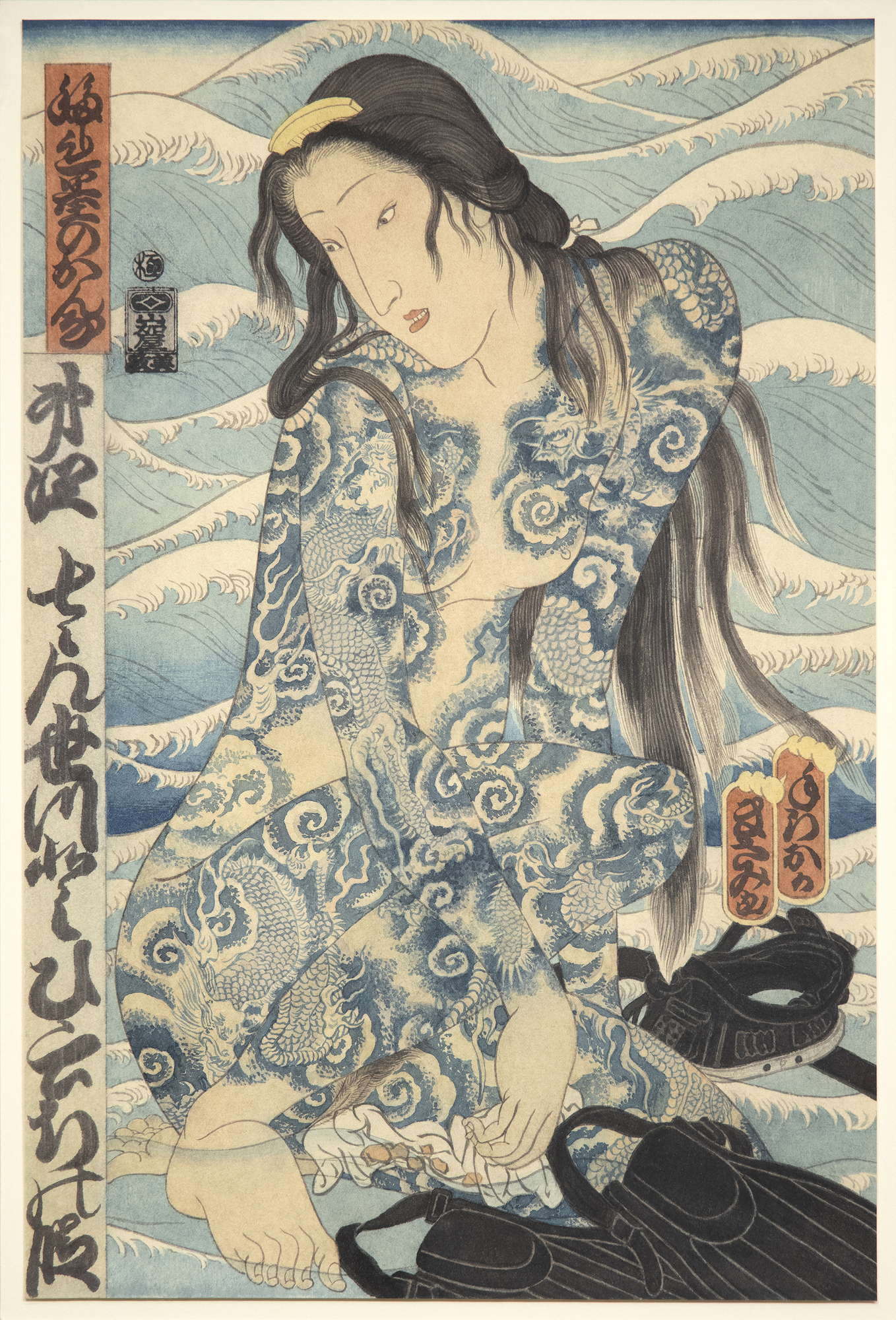
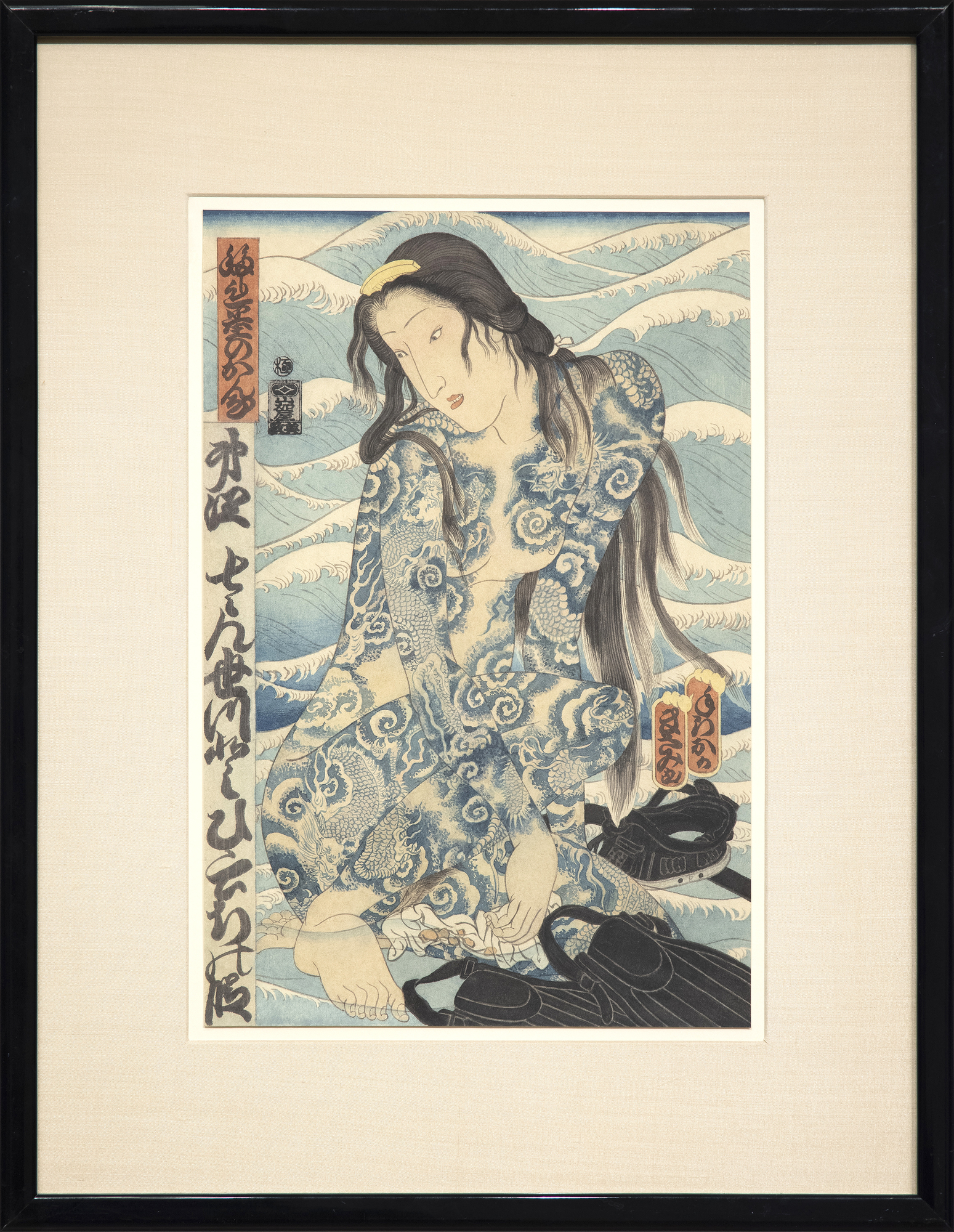
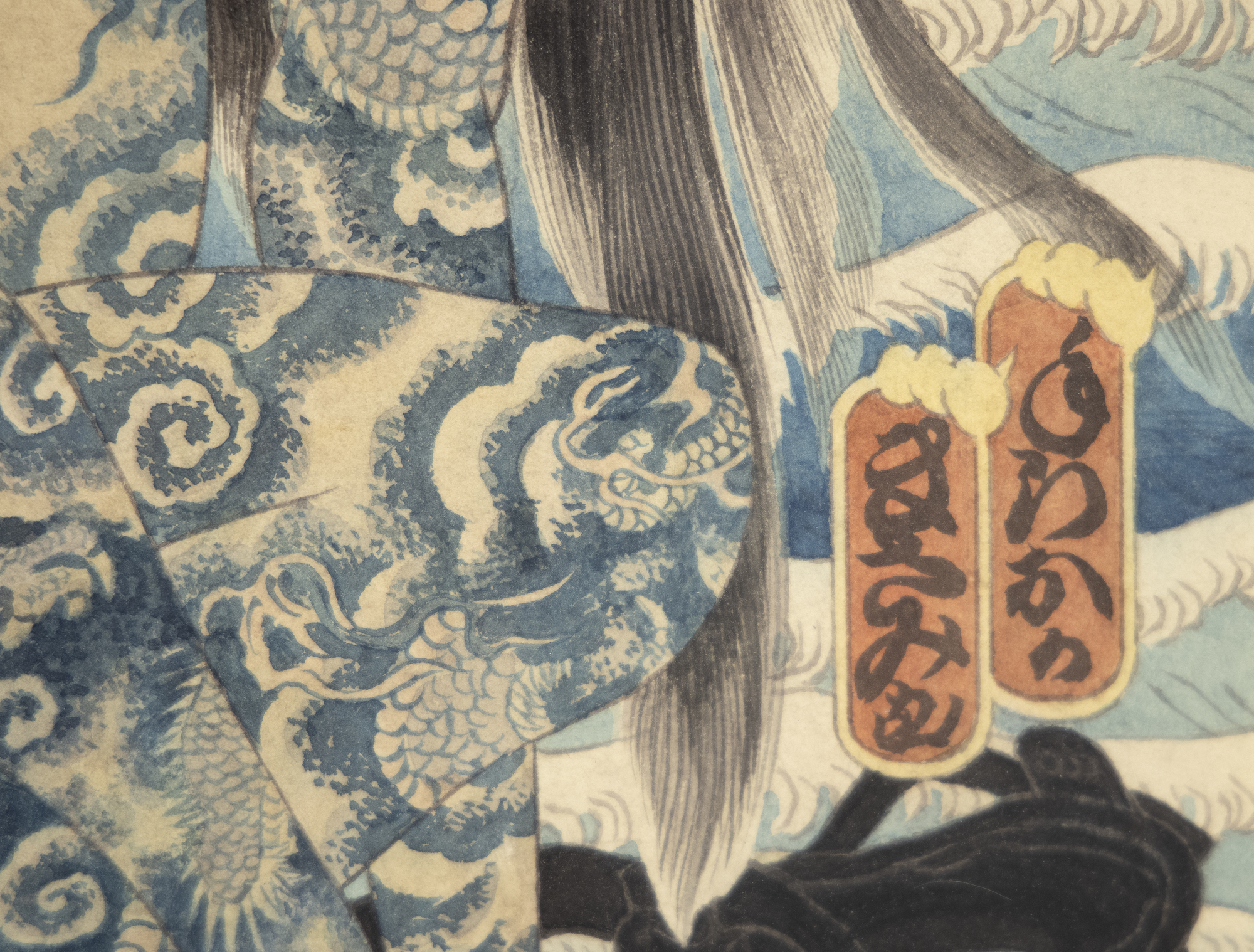
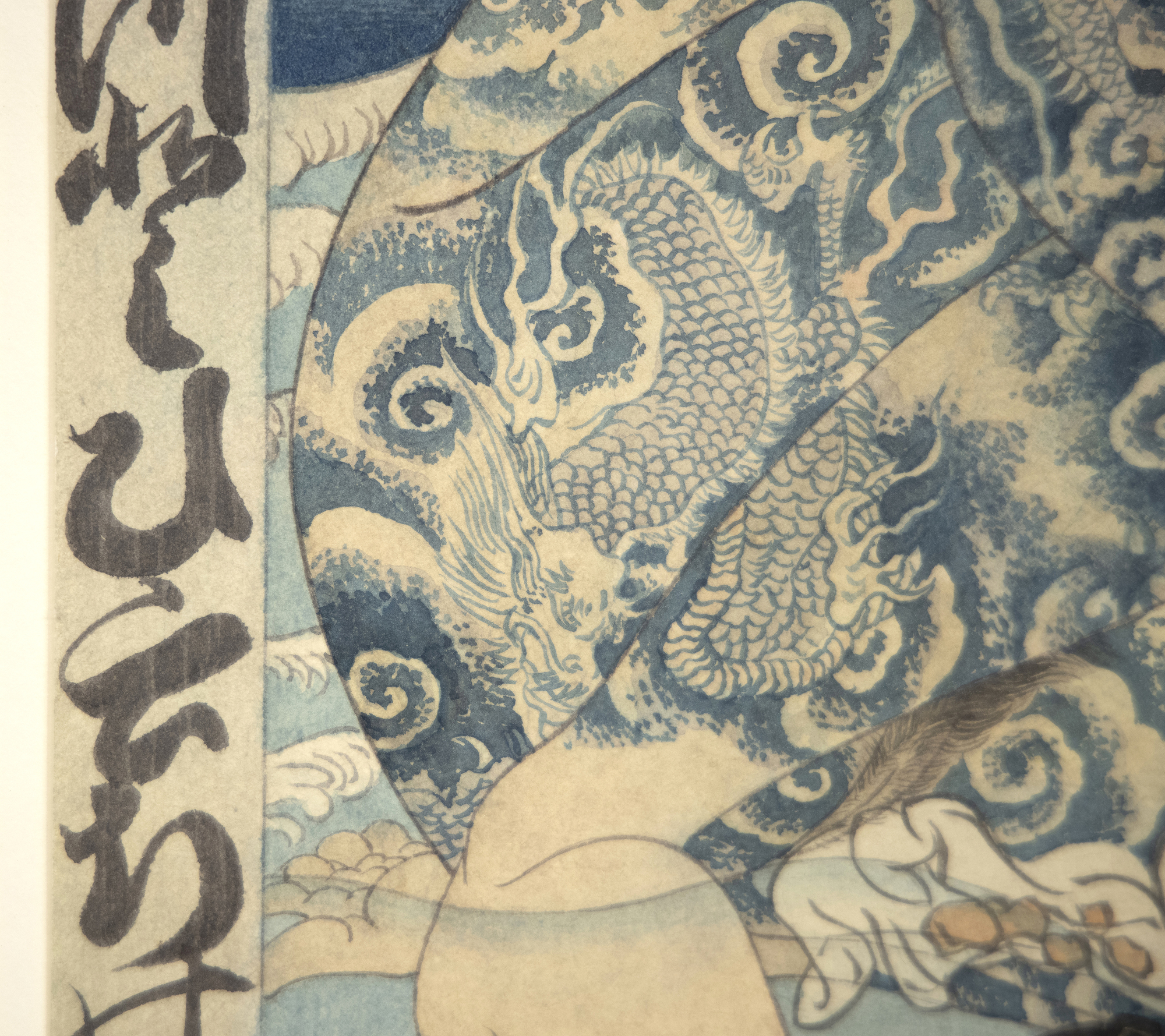
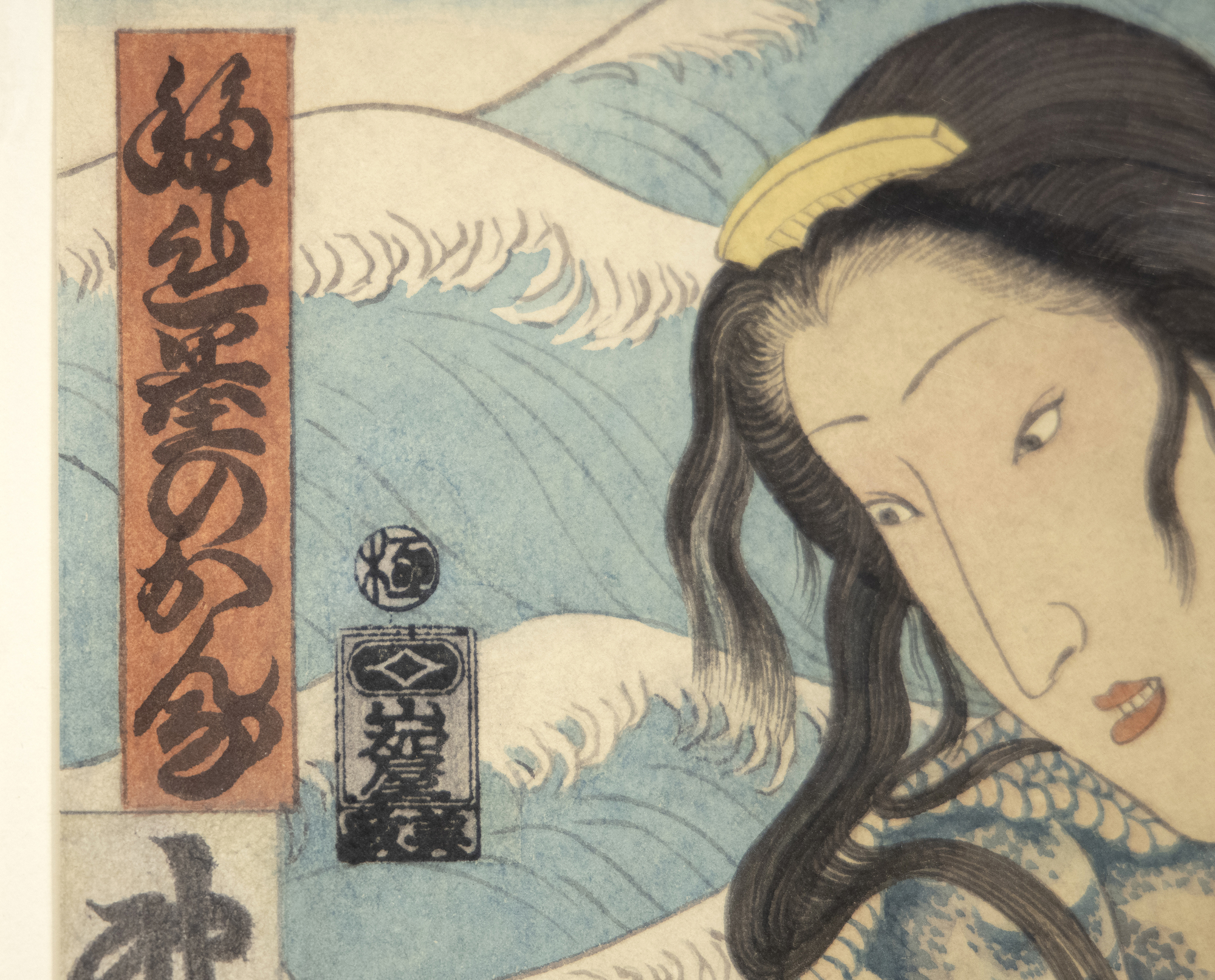
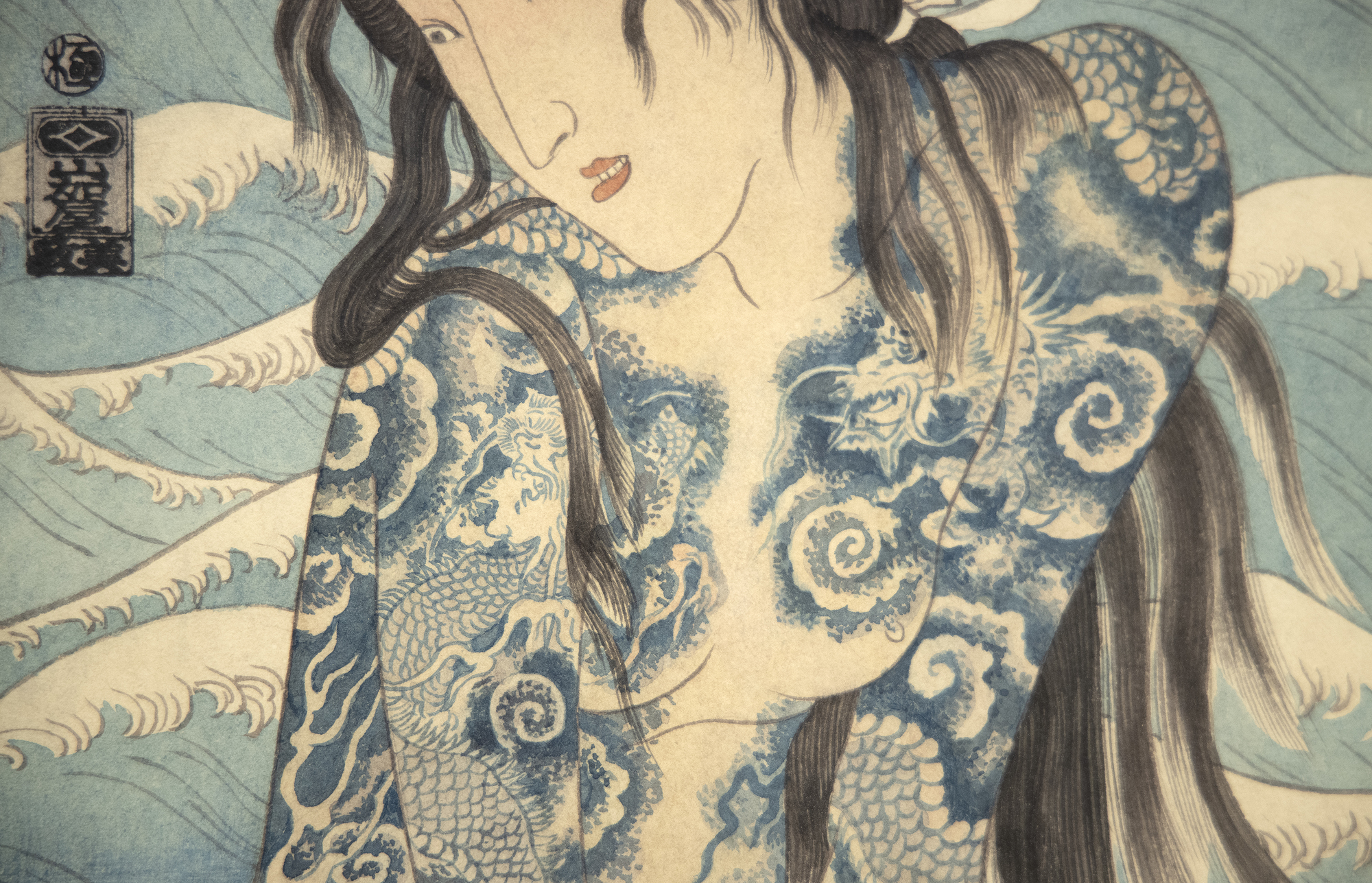
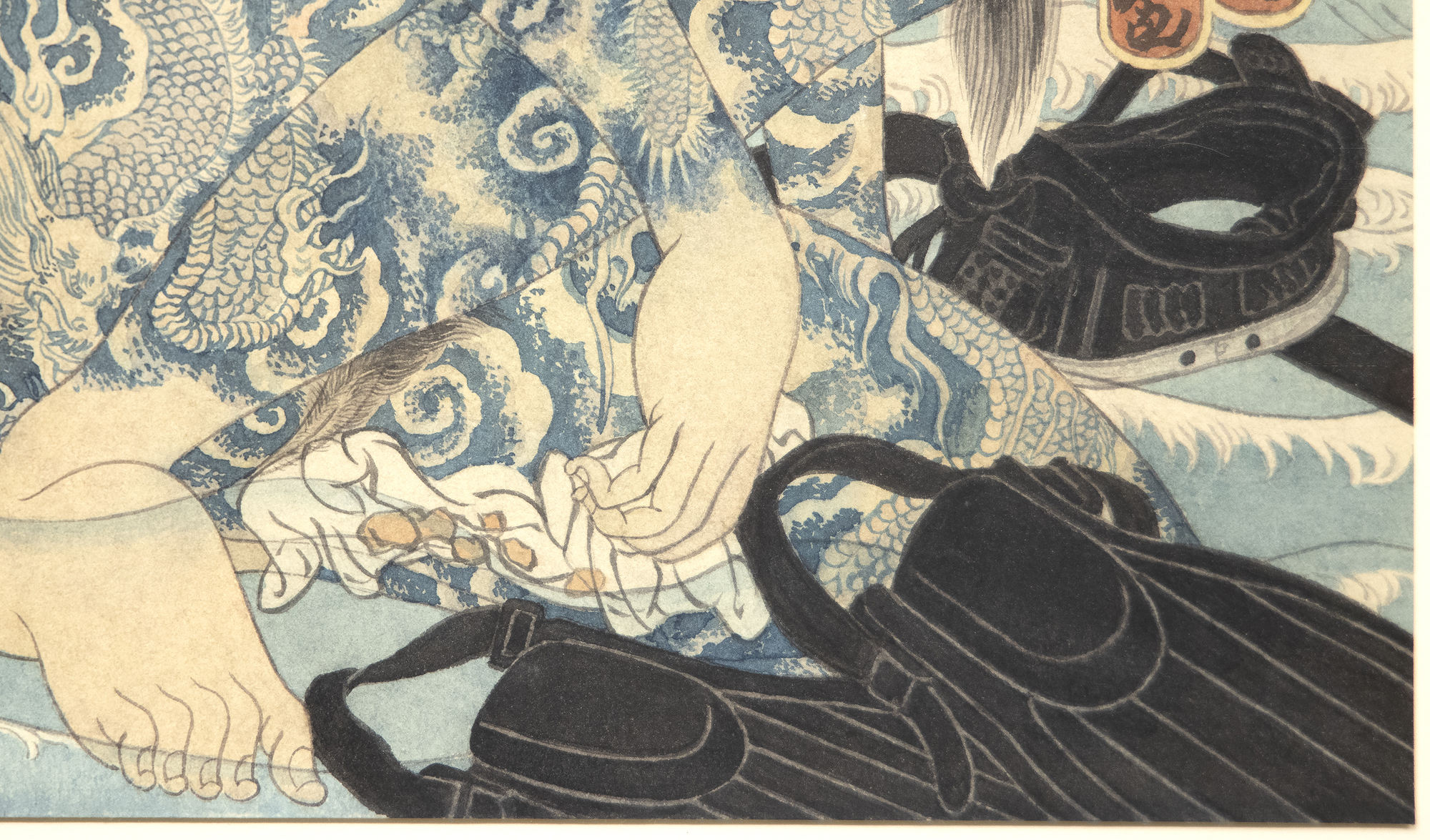
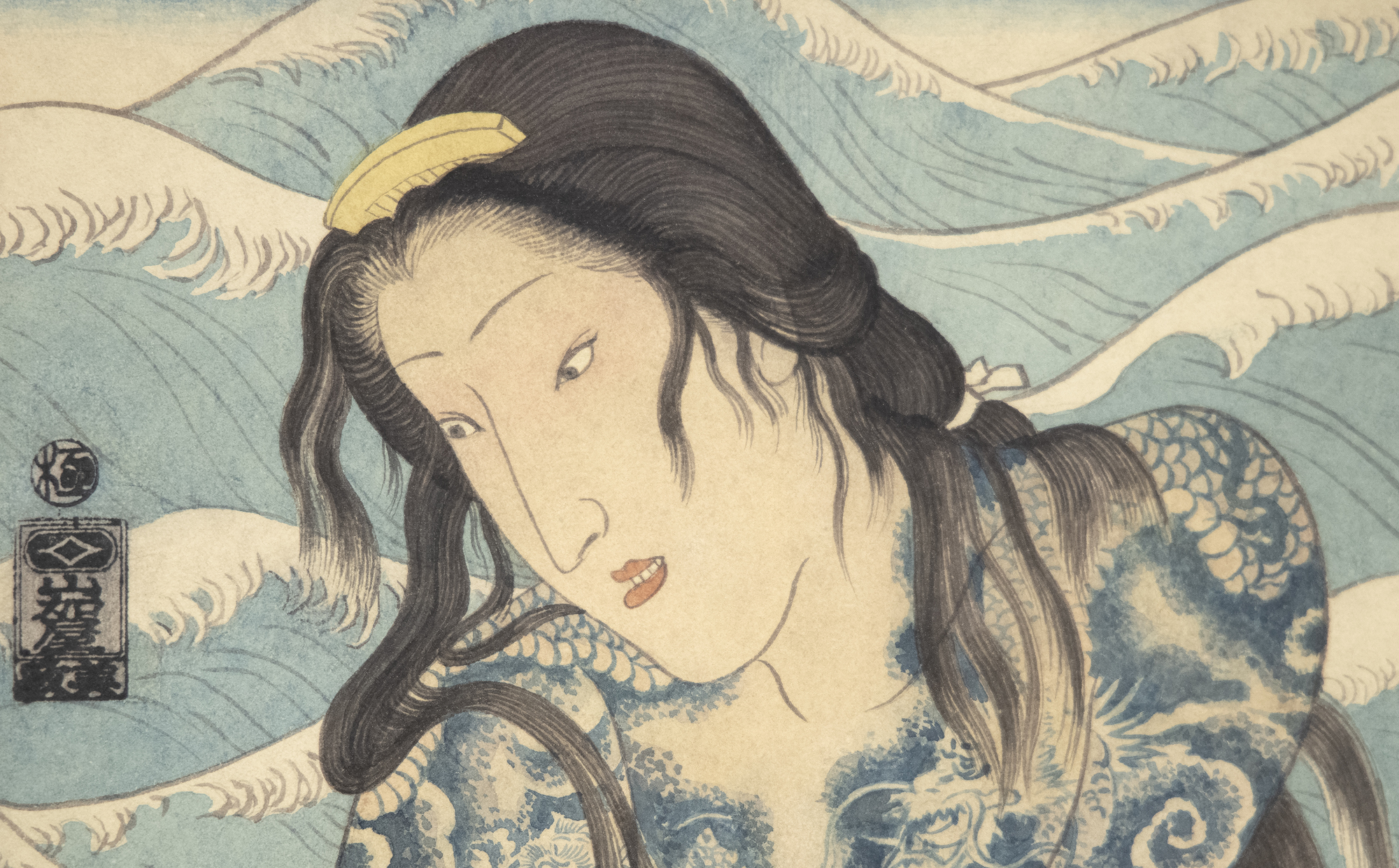
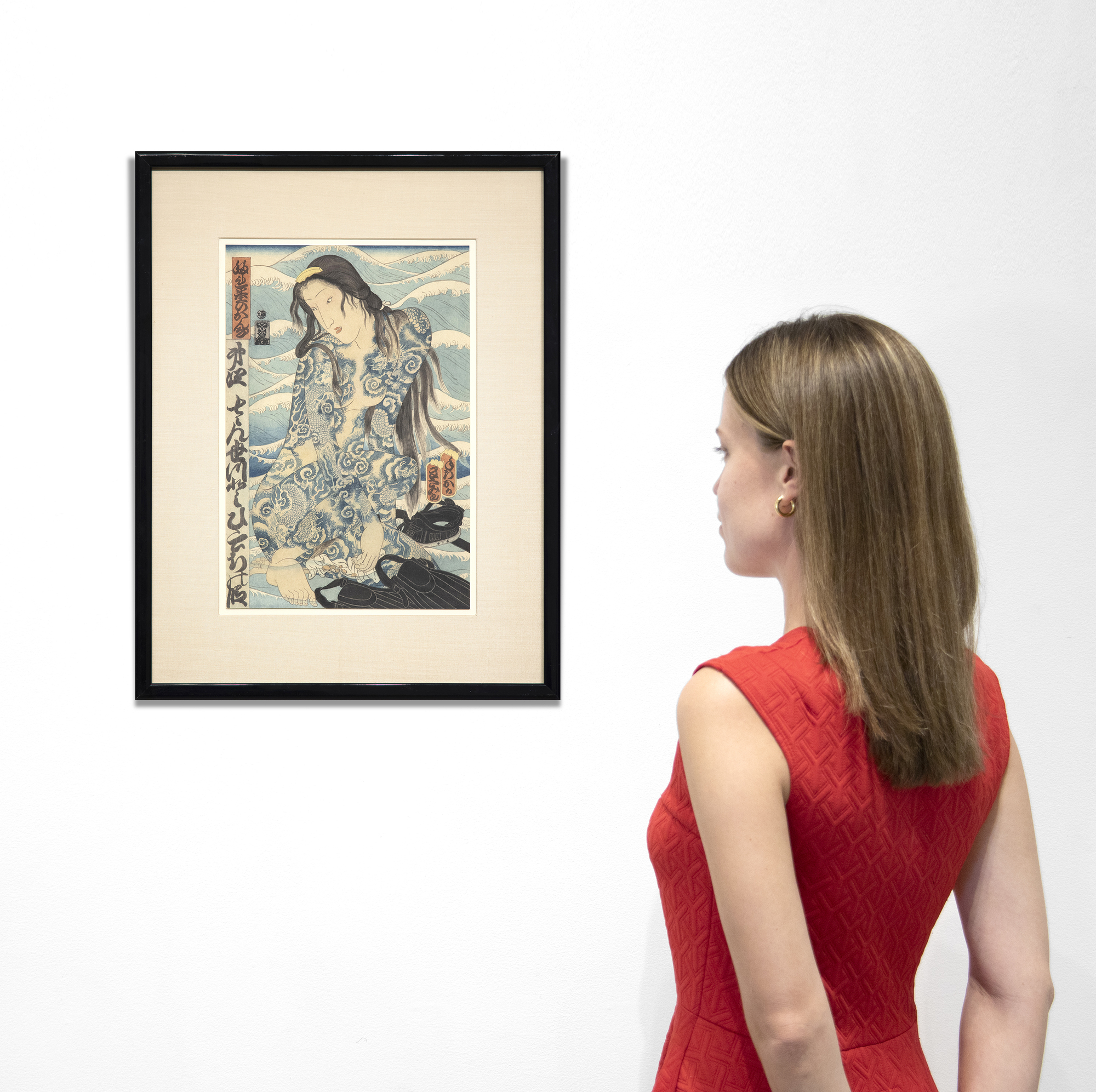
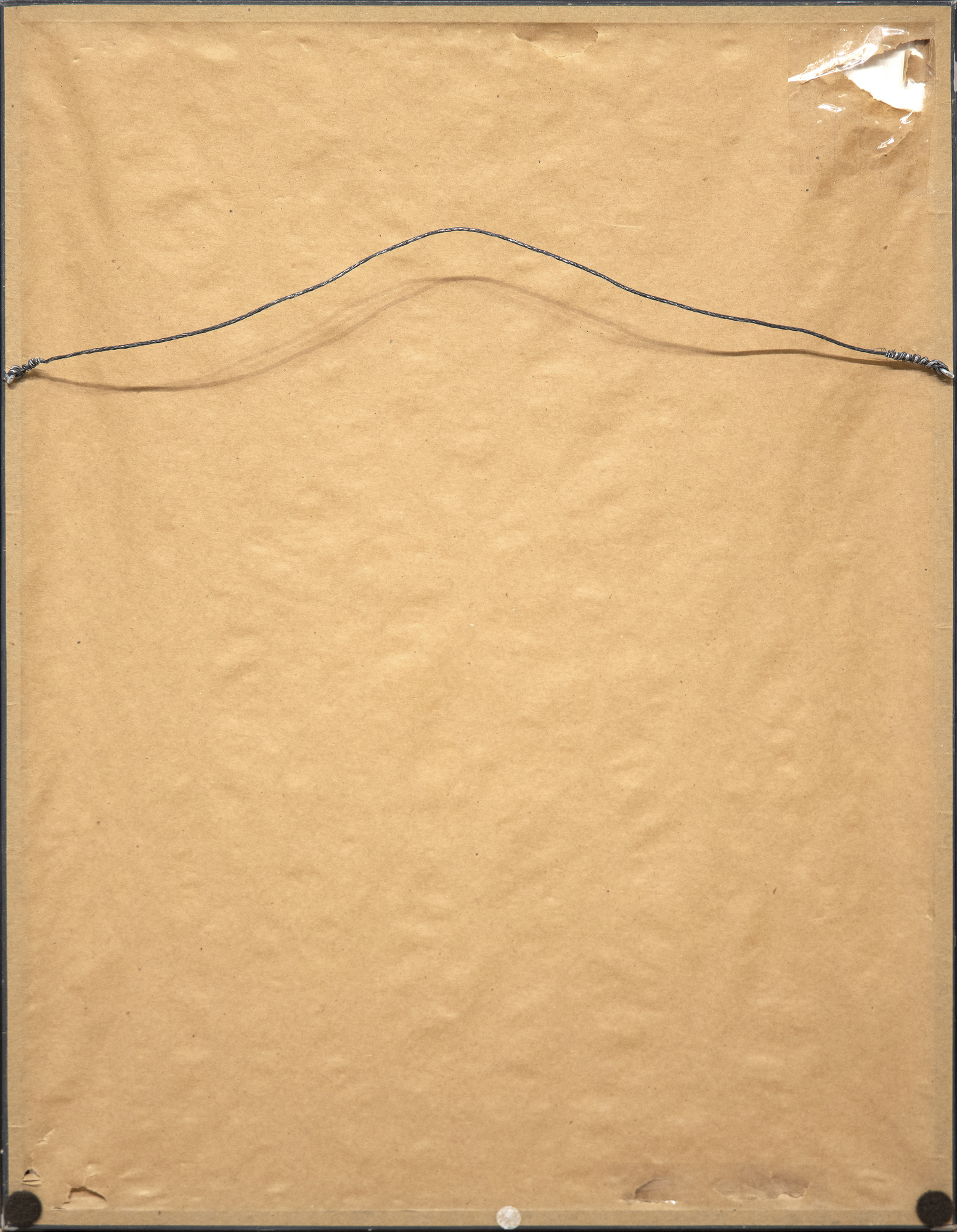
Provenienz
Private SammlungLiteraturhinweise
Teraoka, M., Hoffman, K., Heartney, E., Bing, A., & Clark, C. (2012), Ascending chaos: Die Kunst von Masami Teraoka 1966-2006, San Francisco, Calif: Chronicle Books LLC, illustriert70,000
Teraokas Werke sind eine Mischung aus Humor und sozialem Kommentar. Er hat sich oft mit so unterschiedlichen und dringenden Themen wie der AIDS-Krise, dem Konsumverhalten, den Anschlägen vom 11. September und vielen anderen befasst. Teraoka sagt über seine eigene Arbeit: "Meine Herausforderung war es, Realität und Fantasie, Humor und Kommentar sowie Geschichte und Gegenwart miteinander zu verbinden.
Werke von Teraoka sind unter anderem in der Tate Modern, dem Metropolitan Museum of Art, dem San Francisco Museum of Modern Art, dem Smithsonian, dem Los Angeles County Museum of Art und dem Walker Art Center zu sehen.


